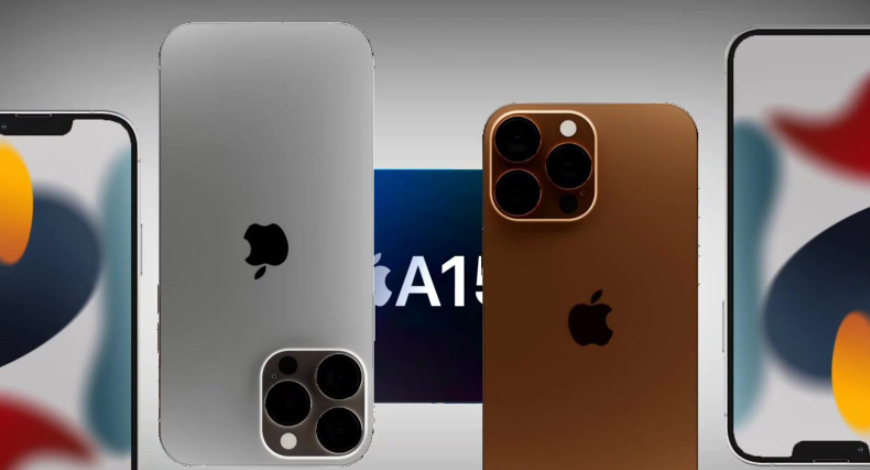I have been using an iPhone 11 for a few months now, but I am thinking about getting a new phone. The main reason is that I want to use Face ID on my phone. However, I also like having a bigger screen.Apple recently released new models, so what is the difference between the iPhone 13 and the previous generation ?

Photography function
With the A15 chip, the iPhone 13 models support many of the photographic capabilities that are available with the rear cameras, including Night mode for selfies, Smart HDR 4, Dolby Vision HDR recording, and Deep Fusion, along with ProRes and the new Cinematic Mode for capturing videos with movie-like depth of field changes. 4K video recording, QuickTake video, Slo-mo video, Portrait Mode, Portrait Lighting, and the new Photographic Styles feature for selectively applying edits are all supported.
Video Recording The iPhone 13 models support up to 4K video recording at 24, 25, 30, and 60 frames per second, and HDR video recording with Dolby Vision at 4K up to 60 frames per second. 1080p video recording and 720p video recording are also available.
Cinematic mode works with the Wide, Telephoto, and TrueDepth cameras, and it supports Dolby Vision HDR.
phone color
Alongside a slew of new devices at Apple’s “Peek Performance” launch event, the Cupertino-based tech giant is opening a fresh can of green paint for the iPhone 13 Mini, 13, 13 Pro and 13 Pro Max just in time for St. Paddy’s Day. That’s right — much like the well-received purple iPhone 12 from last spring’s announcement, Apple is delivering two new colors for our favorite smartphone.
Storage
With the iPhone 13, every model now starts at 128GB with options for 256GB and 512GB.
This is double the storage on non-Pro models, compared to last year. On the Pro models, the only change is the addition of a 1TB option.
bigger batteries are better
The new iPhone 13 and 13 Mini have improvements where it counts: bigger batteries and better cameras. They aren’t as full of features as the iPhone 13 Pro or Pro Max, but it’s hard to find a better combination of what matters most in a new phone.
Display
The iPhone 13 mini, iPhone 13, iPhone 13 Pro, and iPhone 13 Pro Max all feature OLED displays. This year, however, the Pro models have a notable distinction: a new ProMotion display technology.
The ProMotion display gives the iPhone 13 Pro and iPhone 13 Pro Max an adaptive refresh rate technology, allowing it to range from 10Hz to 120Hz based on what you're doing.
Finally, what about the notch? Every year, there is an expectation that the notch and Face ID cutout will get smaller, and it has finally happened with this year's iPhone 13 lineup…sort of.
The iPhone 13 lineup features a notch that is around 20% smaller in terms of width, but is actually ever-so-slightly taller because Apple has relocated the earpiece speaker to the top bezel. Regardless, the overall appearance of the iPhone 13 will be sleeker as the total notch reduction is visually apparent.
Should You Switch to the iPhone ?
If you're an Android user and nothing has won you over to iOS yet, the iPhone 13 won't be the phone that does. There are a lot of great Android options out there, most notably the Samsung Galaxy S21 Ultra, the OnePlus 9 Pro, and the upcoming Samsung Galaxy S21 FE and Google Pixel 6 , and they're often offered with deep discounts or great trade-ins.
Apple has two major advantages over these otherwise-leaders. One, Apple's cameras are always just a bit more responsive and reliable; they typically load more quickly and have more guaranteed focus than even the best Android cameras. Two, Apple's data management practices tend to be a bit more circumspect than Google's.
But the iPhone 13 isn't new on any of those fronts. It doesn't have any key elements that would change your personal decision if the iPhone 12 didn't.
